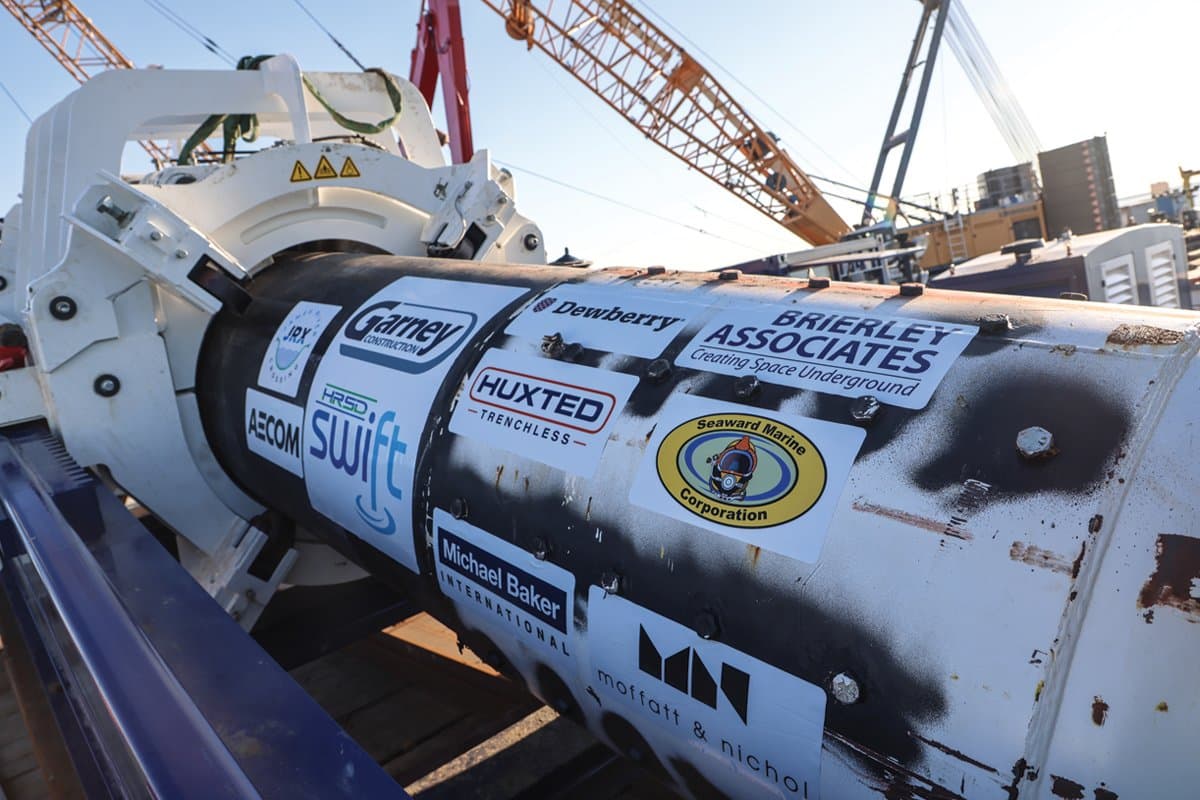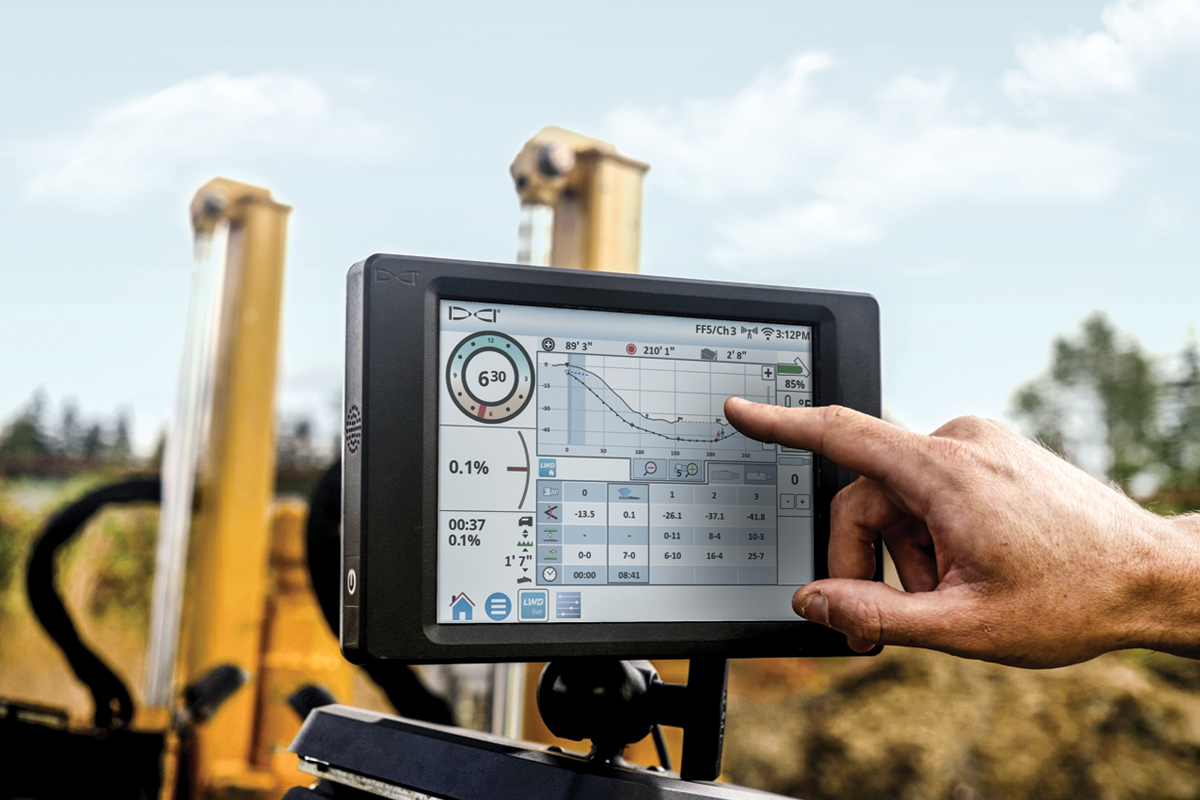
Tips to Mitigate Interference on HDD Jobs
Accurate locates are essential for accurate digs in underground construction jobs. To accurately locate buried utilities, contractors must first know if something else is present in the ground – electromagnetic interference.
An invisible adversary, interference can distort the signal of a utility locating system. As a result, it may provide inaccurate information about what it detects underground. This can put HDD crews at an increased risk of dangerous and costly utility strikes. This risk is especially high in congested and “noisy” underground environments.
For every underground construction project, contractors should take steps to identify interference that can inhibit their locating systems. Additionally, knowing how the latest advances in locating technology specifically address interference can help them be better informed and prepared to manage it.
Two Types of Interference
Utility locating systems are impacted by two types of interference – passive and active.
Passive interference is generated by metal structures such as chain-link fencing, pipe, rebar, and guard rails. Underground steel drains or utility vaults also contribute. If present, these structures can distort the signal and shape of the magnetic field, impacting a locating system’s location and depth estimates.
Active interference is created by an object or infrastructure with a live current running through it. Common sources include power lines, fiber optic lines, cellular lines, and traffic loops. Diesel generators also contribute. The magnetic fields produced can decrease the communication range of a locating system. Additionally, they can distort its magnetic field.
There are well-established processes for identifying these two types of interference. Given the number of potential sources on any jobsite, it’s important that contractors consistently follow these processes. They help identify interference and choose the best operating frequency for each job.
Read the full story by downloading the 2024 HDD Guide today.




